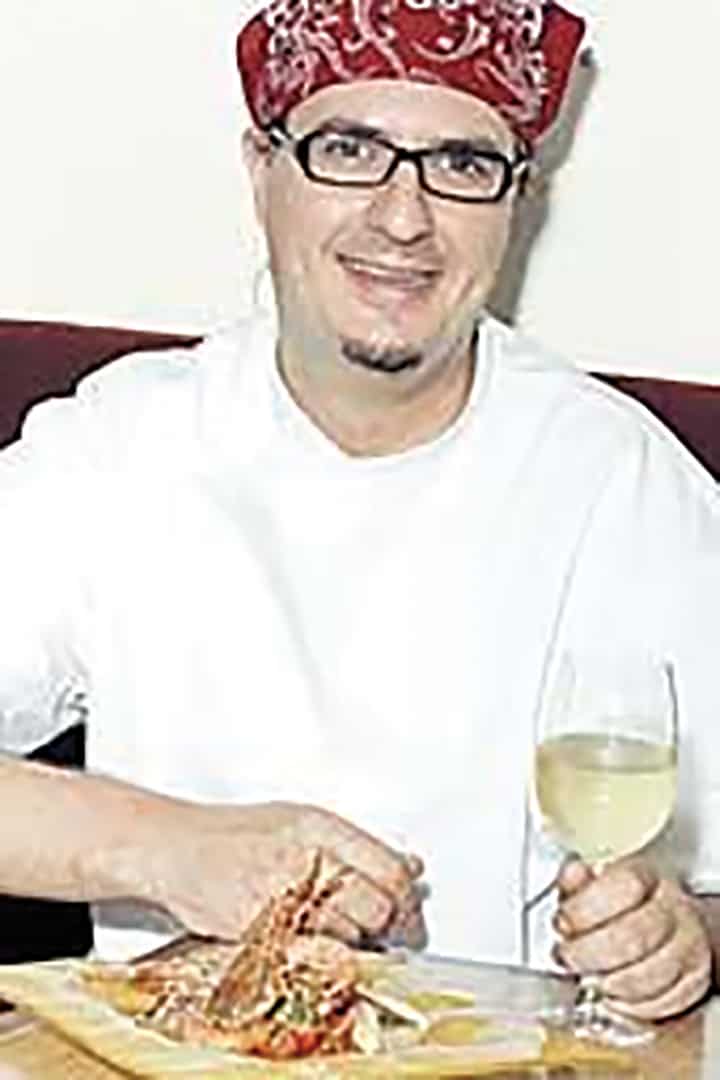Back in 1997, the Atlanta, Georgia-born sculptor and contractor Scott Pfaffman bought the 360 Van Brunt Street storefront — which was a leaky, abandoned dry cleaning place — for $45,000. He originally thought he would build an art studio there.

Pfaffman and the storefront, however, would embark on a journey that would survive multiple businesses and Hurricane Sandy, and ultimately, they would change the face of Red Hook time and time again.
Red Hook was a different neighborhood back in the 90s, featuring a high concentration of welders and craftspeople, as well as families who owned houses for generations. With rentals rare and almost no outsiders paying attention to Red Hook, residents like Pfaffman could enjoy the beautiful waterside neighborhood in total tranquility and isolation.
“Coffey Street in the 90s was the best time ever,” said Pfaffman in a phone interview. “It was so remote, even the criminals couldn’t be bothered to come out here.”
Pfaffman first opened an unofficial café in the storefront, but eventually he rented the space to a friend who ran a saxophone repair store. The store stayed open two years before shuttering its doors.
Meanwhile, Pfaffman’s friend and fellow Red Hooker Arnaud Erhart had just hit hard times. 9/11 had scared off Erhart’s investors, forcing the restaurateur to pull the plug on a new venue in the city. After a “few bottles of wine,” Erhart said he and Pfaffman formed plans to build a restaurant in the 360 Van Brunt storefront.
“What started as a joke became a dare,” said Erhart said in a phone interview. “In many ways, it was actually the perfect combination.”
After years of renovations, Erhart opened 360, a French restaurant with an affordable prix fixe (just $20), and a menu that changed every day.
“We wanted our friends and neighbors to be able to afford it,” Erhart said, “Which meant we had to do a lot of compromising money-wise.”
Ingredients were locally sourced, the wines were carefully selected by Erhart — who was an experienced sommelier — and the quality of the food and experience became legendary. A glowing review by the New York Times began with: “I dream about finding restaurants like 360, a storefront in Red Hook, Brooklyn, where passion, generosity, commitment, eccentricity and skill outweigh any semblance of good common sense.”
Besides Hope & Anchor, 360 was the only proper restaurant in Red Hook at the time, Erhart recalls. Outsiders who had never even heard of the neighborhood now saw it as an off-beat destination. Soon, there was no stopping the influx (though, a reservation was a must). Famous people, such as the Coen brothers, were known to drop by from time to time.
“I have been blamed for gentrification of the neighborhood,” said Erhart. “We had limos pulling up. Hollywood types loved it because nobody bothered them.”
But, 360 was too small, and its prices were too low. Even though tables were filled every night, and even though Erhart had a sweet rental deal with Pfaffman ($1,100 a month, according to Pfaffman) the profit wasn’t enough to hire a staff, leaving Erhart to do a considerable amount of heavy lifting. Erhart himself would shop for ingredients in the morning and work on the books at night. It all became too much, and according to Erhart, he felt burnt out. In 2007, after five years of business, he shut the doors to 360 for good.

Erhart would eventually leave Red Hook and move to Vieques, Puerto Rico, where he now owns a scuba business.
“It was a labor of love, and I got so much out of 360,” he said. “But rents in New York are too insane, and I was ready for something new.”
After 360, the Italian restaurant O’Barone took over the space, followed by a short-lived spin class. Both businesses hit setbacks and never got off the ground.
Certainly, they never held a candle to 360.
Sandy hit in 2012, leaving the basement of 360 Van Brunt Street completely destroyed and the ground floor flooded with six inches of water. After endless work and a little help from FEMA, Pfaffman rebuilt, and 360 Van Brunt Street became home to the Red Hook Volunteers, an arm of Occupy Sandy. However, they ran out of money and left in 2014, Pfaffman said.
In 2015 Pfaffman welcomed a temporary business, the traveling Spanish library Libereria Donceles, which left in June. In July, A record store tentatively named Swoopy’s Groove Palace took over the space. Red Hookers are waiting with bated breath to see if it becomes the first business to make a serious impact since 360.
Through it all, Pfaffman said he never intended to become some grand curator for the neighborhood (though he had also co-founded Kentler gallery with Florence Neal in the 90s). As Red Hook gentrified and became more of a destination for outsiders and investors, 360 Van Brunt Street has remained an unpredictable rotating door of eccentric characters in need of affordable rents, which Pfaffman has obliged.
“The neighborhood is still filled with interesting people, only now they’re interesting people with money,” he said. “I never had any curating intentions with the space — I’m just lucky that interesting people live down here, and that I can offer them the cheapest storefront rent in town.”









2 Comments
Great piece on an interesting neighborhood and one of its obviously very special residents.
this is the biggest joke of an article ever….